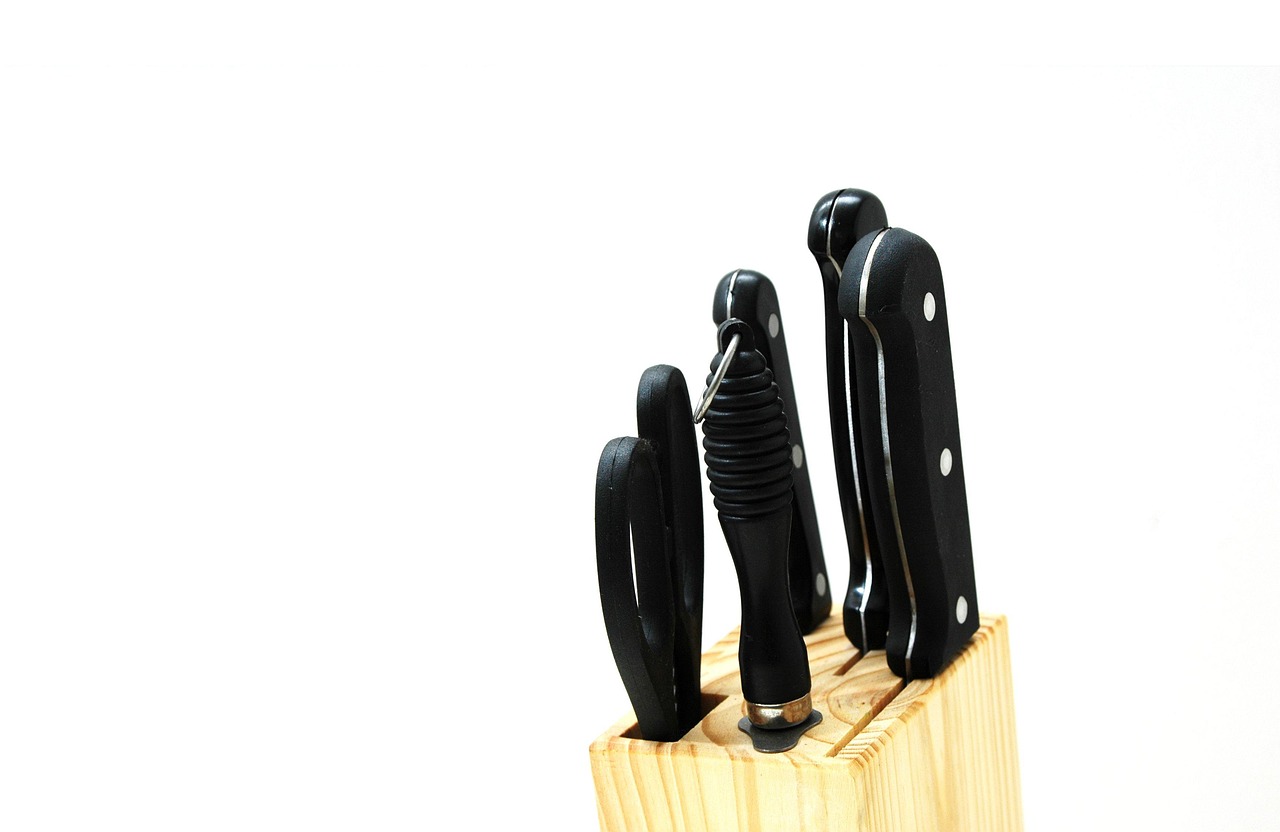Why Sustainable water usage practices in Nevada: Cities like Las Vegas and surrounding agricultural areas are significantly affected.?
Human Activities and Their Effects, etc
A Brighter Future for the Great Basin: Together, We Can Save Our Water!
Water is precious in the Great Basin, but together we can make a difference!
Water Conservation: Every Drop Counts
- Shorten your showers and fix leaky faucets. Small changes at home can add up to big savings.
- Choose water-saving appliances. They’re good for the environment and your wallet!
Restoring Nature’s Balance
- Planting trees and restoring wetlands helps the Great Basin retain moisture and create a healthier ecosystem.
The Active Climate Rescue Initiative: Leading the Way
This inspiring initiative is actively working to find solutions to water shortages in the Great Basin. Their efforts are bringing hope for a thriving future!
Learn More About the Water Cycle
The Great Basin relies on a delicate water cycle. Understanding this cycle helps us appreciate the preciousness of water and find ways to conserve it.
Let’s work together to ensure a vibrant and sustainable future for the Great Basin!
The Great Basin’s Thirsty Story: How Water Flows and How We Can Help
TL;DR – Too Long; Didn’t Read
The Great Basin is a dry region where water is precious. The water cycle, how water moves through the environment, is very important here. Climate change is making the Great Basin even drier. To solve the water shortage, we need to save water, use it wisely, and make smart choices. Organizations like Active Climate Rescue are working to help.
The Water Cycle: A Journey Through the Great Basin
The Great Basin is like a big, dry bathtub. It’s surrounded by mountains, but it doesn’t have a river that flows out to the ocean. Water gets in through rain and snow, but it mostly stays in the Basin. Here’s how it works:
- Evaporation: The sun warms up lakes, rivers, and soil, turning water into vapor (like steam) and sending it up into the air.
- Condensation: As the water vapor rises, it cools down and turns back into tiny water droplets. These droplets form clouds.
- Precipitation: When the clouds get too full of water, the droplets fall back to Earth as rain or snow.
- Runoff: Rainwater flows over the land, gathering in streams and rivers.
- Infiltration: Some rainwater soaks into the ground, becoming groundwater.
Las Vegas: A Thirsty City
The Great Basin is home to Las Vegas, a city known for its bright lights and lots of people. Las Vegas needs a lot of water for drinking, watering plants, and keeping the casinos cool. Much of the water comes from Lake Mead, a big reservoir behind Hoover Dam. The water in Lake Mead comes from the Colorado River, which flows through several western states. But, climate change is making the Colorado River drier.
The Growing Problem of Water Shortages
Climate change is making the Great Basin even drier. The summers are getting hotter, and there’s less snow in the mountains. This means there is less water in rivers, lakes, and groundwater. The Great Basin faces a big problem with water shortages, making it hard to grow crops and keep people healthy.
Solutions for a Thirsty Future
There are things we can do to help save water in the Great Basin:
H2: Water Conservation
- Saving Water at Home: Take shorter showers, fix leaky faucets, and use water-saving appliances.
- Smart Landscaping: Plant drought-tolerant plants that need less water.
- Water-Wise Gardening: Use drip irrigation to deliver water directly to plants’ roots, instead of spraying it all over.
H2: Innovative Irrigation
- Drip Irrigation: Water is delivered slowly and directly to plant roots, saving water and reducing waste.
- Micro-Irrigation: Uses small pipes and sprinklers to deliver water very precisely, saving water and increasing crop yields.
H2: Policy Measures
- Water Rights and Allocation: Governments can create rules about how much water people and companies can use.
- Water Pricing: Making water more expensive can encourage people to use less.
- Water Banking: Storing water in wet years for use in drier years can help to manage water shortages.
A Collaborative Effort: Active Climate Rescue
The Active Climate Rescue Initiative is working hard to find solutions to water shortages in the Great Basin. They are helping to:
- Restore Damaged Ecosystems: By planting trees and restoring wetlands, they can help to improve the water cycle and make the Great Basin less dry.
- Support Water Conservation Projects: They fund projects that help people use water more wisely.
- Educate Communities: They are teaching people about climate change and how it is affecting water supplies.
Summary
The Great Basin faces a serious water shortage problem. Climate change is making the region drier, and this is impacting cities, farms, and the entire ecosystem. We need to work together to find solutions by conserving water, using innovative irrigation techniques, and supporting organizations like Active Climate Rescue. By taking action, we can help to ensure a healthy future for the Great Basin and its precious water resources.
More on Sustainable water usage practices…
- ## Sustainable Water Usage Practices Keywords:
- water conservation
- water efficiency
- water saving tips
- sustainable water management
- drought-resistant landscaping
- water footprint reduction
- grey water systems
- rainwater harvesting
- water audits
- water leak detection
- water-efficient appliances
- low-flow fixtures
- water-wise gardening
- responsible water use
- water scarcity solutions
- water security
- water stewardship
- sustainable water infrastructure
- water resource management
- water pollution prevention
- water recycling
- desalination
- water conservation technologies
- water-saving innovations
- water footprint calculator
- water usage tracker
- water-efficient agriculture
- water-wise urban planning
- water-efficient homes
- ## Human Activities and Their Effects Keywords:
- human impact on environment
- environmental sustainability
- climate change
- pollution
- deforestation
- biodiversity loss
- resource depletion
- overpopulation
- land degradation
- water pollution
- air pollution
- noise pollution
- waste management
- sustainable development
- ecological footprint
- environmental footprint
- environmental justice
- environmental policy
- green living
- sustainable living
- environmental education
- conservation efforts
- eco-friendly practices
- environmental activism
- environmental monitoring
- climate action
- carbon footprint
- renewable energy
- sustainable transportation
- sustainable agriculture
- sustainable consumption
- responsible tourism
- sustainable business practices
- environmental restoration
- ecosystem services
- environmental health
- human health and environment
- environmental hazards
- natural disasters
- climate change impacts
- environmental regulations
- sustainable development goals (SDGs)
- green economy
- circular economy
- eco-tourism
- sustainable design




